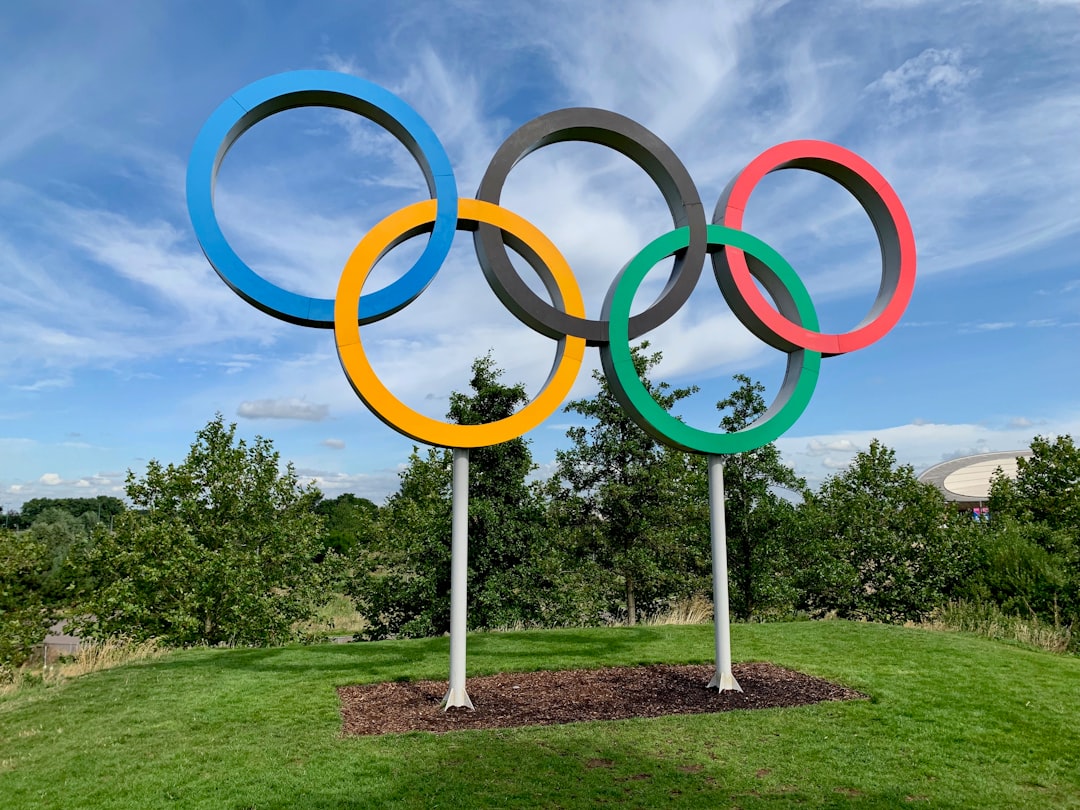What is it about?
The hydrolysis of methyl ester and tert-butyl ester functionalized SAMs as a function of subphase temperature and pH is described. Contact angle measurements show that the methyl ester functionalized monolayer does not hydrolyse in pH 1–13 aqueous solutions heated up to 80 °C. In contrast, the tert-butyl ester functionalized monolayer hydrolysed below pH 5. The rate and the extent of the hydrolysis were dependent on the temperature and pH of the aqueous solution. Using the Cassie equation, the activation energy for the hydrolysis was determined from contact angle measurements. Furthermore, the adhesion properties of the SAMs were investigated by depositing amine and carboxylic acid functionalized polystyrene nanoparticles onto the surfaces at pH 3 and 9. By AFM, it was observed that the particles bind preferentially to the carboxylic acid functionalized SAM and the adhesion was pH dependent, with the largest coverage being observed at pH 3. Using the acquired understanding of the hydrolysis of the tert-butyl ester functionalized SAM and the particle adhesion properties, a simple and facile approach towards fabricating a particle density gradient on this surface is demonstrated.
Featured Image
Read the Original
This page is a summary of: Fabrication of a nanoparticle gradient substrate by thermochemical manipulation of an ester functionalized SAM, Journal of Materials Chemistry, January 2007, Royal Society of Chemistry,
DOI: 10.1039/b712687e.
You can read the full text:
Contributors
The following have contributed to this page










